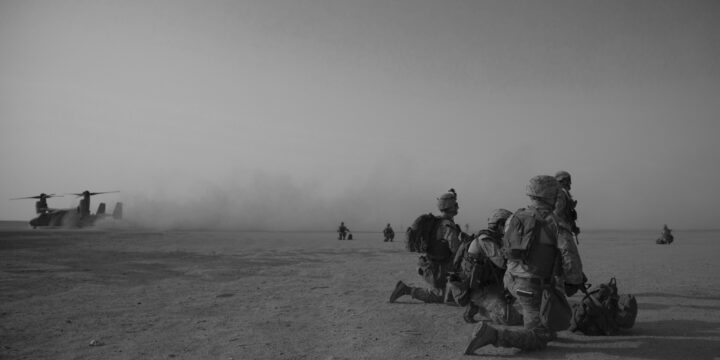
Iraqi and US forces conducted a major multi-day raid against ISIS in Iraq’s western Anbar province on August 29 – the largest joint operation in recent years. While such efforts were common earlier during the anti-ISIS mission known as Operation Inherent Resolve (OIR), the most recent operation comes as the group is largely defeated and unable to conduct major attacks, let alone international ones. Indeed, the heavy involvement of US troops in anti-ISIS missions is a thing of the past – highlighting the long-running need to end the current US military operation in Iraq.
Roughly 2,500 US troops support OIR in Iraq, alongside the Iraqi military. This deployment began in 2014 as ISIS conquered substantial territory in Iraq and Syria, threatening Baghdad. Former President Barack Obama ordered the deployment after rightly withdrawing US forces in 2011 due to domestic pressure against the Iraq war and occupation.
Today’s Iraq is not that of 2014. The Islamic State is largely defeated, does not hold territory, and no more than 2,500 ISIS fighters roam free between Iraq and Syria. Consecutive US military reports highlight the group’s relative inability to conduct serious global operations, let alone major attacks in the Middle East. While there are still ISIS attacks in Iraq and Syria, they are tiny in scale – reflecting the group’s relative weakness today.
US forces continue to conduct anti-ISIS operations in Iraq under this context, including the early September operation that killed approximately 14 ISIS fighters across four locations in western Iraq’s vast desert. Iraqi and US officials released statements following the raid, stating the operation killed major ISIS leaders and collected intelligence. The operation reportedly involved hundreds of US and Iraqi forces, suggesting the raid involved a high-value target.
More on Middle East

Featuring Jennifer Kavanagh
April 17, 2025






